On June 21, the United States bombed three Iranian nuclear facilities, marking its entry into the war that Israel had launched the previous week when it struck military and nuclear targets in Iran.
The 12-day exchange of Israeli, Iranian, and American strikes marked a dramatic widening and intensification of the conflicts that have roiled the Middle East for the last year and a half. This timeline tracks the events that led to this war, including attempts at U.S.-Iranian nuclear diplomacy, the ongoing Israeli campaign in Gaza, and the conflicts between Israel, Hezbollah, and other Iran-backed groups in the region, among other developments.
2013-2018
2013
November 24
JPOA signed. Iran and the P5+1 (referring to the five permanent members of the U.N. Security Council—China, France, Russia, the United Kingdom, and the United States—and Germany) sign the Joint Plan of Action in Geneva. This six-month agreement comes after extensive negotiations, layout out steps for each side in the first phase of a deal and setting the stage for negotiations to reach a comprehensive nuclear agreement.
2014
February 17
Talks begin in Vienna. Iran and the P5+1 countries meet in Vienna for the first of many rounds of negotiations on a comprehensive nuclear agreement.
2015
March 3
Benjamin Netanyahu speaks before Congress. Israeli Prime Minister Benjamin Netanyahu speaks before a joint session of the U.S. Congress in opposition to the ongoing negotiations with Iran.
- July 14
October 18
JCPOA formally adopted. Iran and the P5+1 formally adopt the nuclear deal following its review by the U.S. Congress and Iran’s parliament and Guardian Council.
2016
January 16
Implementation day. The International Atomic Energy Agency (IAEA) verifies Tehran has met its commitments under the nuclear deal, triggering the lifting of U.N. sanctions on Iran.
2017
January 20
Donald Trump is inaugurated. President Donald Trump, a long-time critic of nuclear diplomacy with Iran, takes office in the White House for the first time.
2018
January 31
Israel covertly steals Iranian nuclear archive. Israeli Mossad agents break into an Iranian facility and steal archived papers documenting plans for nuclear weapons production. The revelation of the papers is said to have influenced Trump’s decision to withdraw from the Iran deal.
- May 8
2019-2021
2019
June 13
Shinzo Abe meets Ali Khamanei. In an effort to mediate growing tensions between Iran and the United States and resume Japanese oil imports from Iran, Prime Minister Shinzo Abe meets with Iranian President Hassan Rouhani and Supreme Leader Ali Khamenei, who express no desire to negotiate nuclear terms with Trump.
July 1
Iran surpasses uranium stockpile limit. Iran declares its breach of the 300-kilogram 3.67% enriched uranium stockpile limit outlined by the JCPOA.
- September 14
November
Iran begins uranium enrichment at Fordow. Iran installs centrifuges and transfers material to begin uranium enrichment at the Fordow nuclear facility, inciting warnings and criticism from the U.K., Germany, France, and the United States.
December 27
Iran-backed militia’s rocket attack kills U.S. contractor in Iraq. Rockets launched by an Iranian-backed militia in Iraq wound several American troops and kill one American contractor at a military base near Kirkuk.
2020
January 3
United States assassinates Qassim Soleimani. Iranian General Qassim Soleimani, commander of the Islamic Revolutionary Guards Corps Quds Force, is assassinated by a U.S. drone strike in Baghdad.
January 8
Iran retaliates. In response to the assassination of Soleimani, Iran launches ballistic missiles targeting U.S. airbases in Iraq. Amid these strikes, Iran accidentally hits a passenger plane, killing 176 people on board.
November 27
Israel assassinates Mohsen Fakhrizadeh. Iran’s chief nuclear scientist is killed in northern Iran.
2021
- January 20
December
Installation of IR-6 centrifuges at Fordow. Iran begins utilizing IR-6 centrifuges at its Fordow nuclear facility. The centrifuges are known for their efficiency in enriching uranium for weapons-grade use.
2023-2024
2023
September 18
American hostages released and Iranian assets unfrozen. In an attempt to de-escalate tensions, Iran and the United States agree to an exchange of Americans held hostage in Iran and Iranians held in the United States. The Biden administration unfreezes $6 billion in Iranian oil assets.
- October 7
October 8
Hezbollah begins firing rockets. Hezbollah begins to fire rockets from Lebanon into Israel. Israel begins artillery fire into Lebanon.
October 18
JCPOA Transition Day. As per the terms of the nuclear deal, “transition day” would mark the lifting of certain European Union sanctions on Iran. However, the U.K., France, and Germany decide to retain sanctions due to Iran’s expansion of uranium enrichment and failure to adhere to its JCPOA commitments.
October 19
Houthis join fighting. The Houthis, a Yemeni militant group aligned with Iran, begin firing rockets and drones at Israeli ships in the Red Sea; their attacks eventually expand to other international shipping.
October 27
Israel invades Gaza. Israeli ground invasion of Gaza begins.
November 24-30
Brief Gaza truce. Israel-Hamas truce; the sides exchange Israeli hostages for Palestinian prisoners. Fighting soon resumes in Gaza, where a humanitarian crisis deepens.
2024
January
Strikes against Houthis. The United States and the U.K. launch strikes against the Houthis in response to attacks on shipping vessels in the Red Sea.
April 1
Israel and Iran exchange air and missile strikes for the first time. Israel strikes the Iranian consulate in Damascus, Syria, killing senior Iranian generals and provoking retaliation from the Islamic Republic, which fires missiles and drones at Israel. This exchange brings the long-running shadow conflict between the two countries into the open.
July 31
Ismail Haniyeh is assassinated. Israel assassinates Hamas political leader Ismail Haniyeh while he is staying in a guesthouse run by the Islamic Revolutionary Guard Corps in Tehran.
September-December 2024
September 23
Israeli strikes against Hezbollah. Israel launches massive airstrikes against Hezbollah in Lebanon.
September 27
Death of Hassan Nasrallah. Israel assassinates long-time Hezbollah leader, Hassan Nasrallah, in Beirut.
- October 1
October 17
Israel kills Yahya Sinwar. Yahya Sinwar, leader of Hamas and the mastermind of October 7, is killed by Israeli forces in southern Gaza.
October 26
Israel strikes Iran.
November 27
Israel and Hezbollah agree to a ceasefire. Israel and Hezbollah reach a ceasefire deal to end the fighting and begin the withdrawal of Israel Defense Forces troops and Hezbollah fighters from the border of Israel and Lebanon.
December 8
Bashar al-Assad falls. The long-time Syrian president flees Damascus as rebels, led by the militant Islamist group Hayat Tahrir al-Sham, take power; Israeli troops enter southern Syria, occupying positions along the Israeli-Syrian buffer zone as Israeli airstrikes begin targeting Syrian anti-aircraft and other military equipment across the country.
January 2025
January 19
Israel-Hamas temporary ceasefire takes effect. Israel and Hamas reach a ceasefire agreement; the initial stage involves the exchange of Israeli hostages held by Hamas for Palestinian prisoners by Israel and the surge of aid into Gaza.
- January 20
January 29
Ahmed al-Sharaa appointed president of Syria. The rebel leader formerly known by his nom de guerre, Abu Mohammed al-Jolani, is appointed president of Syria, formalizing his place as the country’s leader.
March-May 2025
March 18
Israel breaks ceasefire. The Israeli military resumes airstrikes and begins a months-long blockade of food and other essentials.
- April 12
May 22
Rome nuclear talks. American-Iranian nuclear negotiations continue in Rome.
June 2025-present
June 13
War breaks out. Israeli airstrikes target Iranian nuclear and military sites while assassinating several high-level security officials; U.S.-Iran negotiations are suspended.
- June 14
June 21
United States bombs Iran. The United States strikes three Iranian nuclear facilities—Natanz, Isfahan, and Fordow. The heavily fortified Fordow facility is vulnerable only to U.S. bunker-busting munitions, prompting Israeli leaders to seek U.S. military participation in its bombing campaign.
June 23
Iran retaliates; Trump announces ceasefire. Iran fires missiles at a U.S. airbase, Al-Udeid, in Qatar. Trump announces a ceasefire between Iran and Israel.
The Brookings Institution is committed to quality, independence, and impact.
We are supported by a diverse array of funders. In line with our values and policies, each Brookings publication represents the sole views of its author(s).
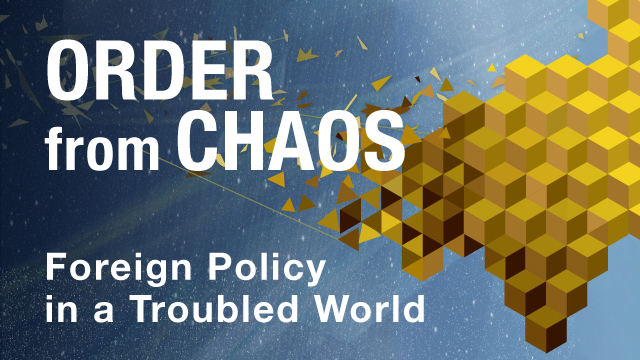

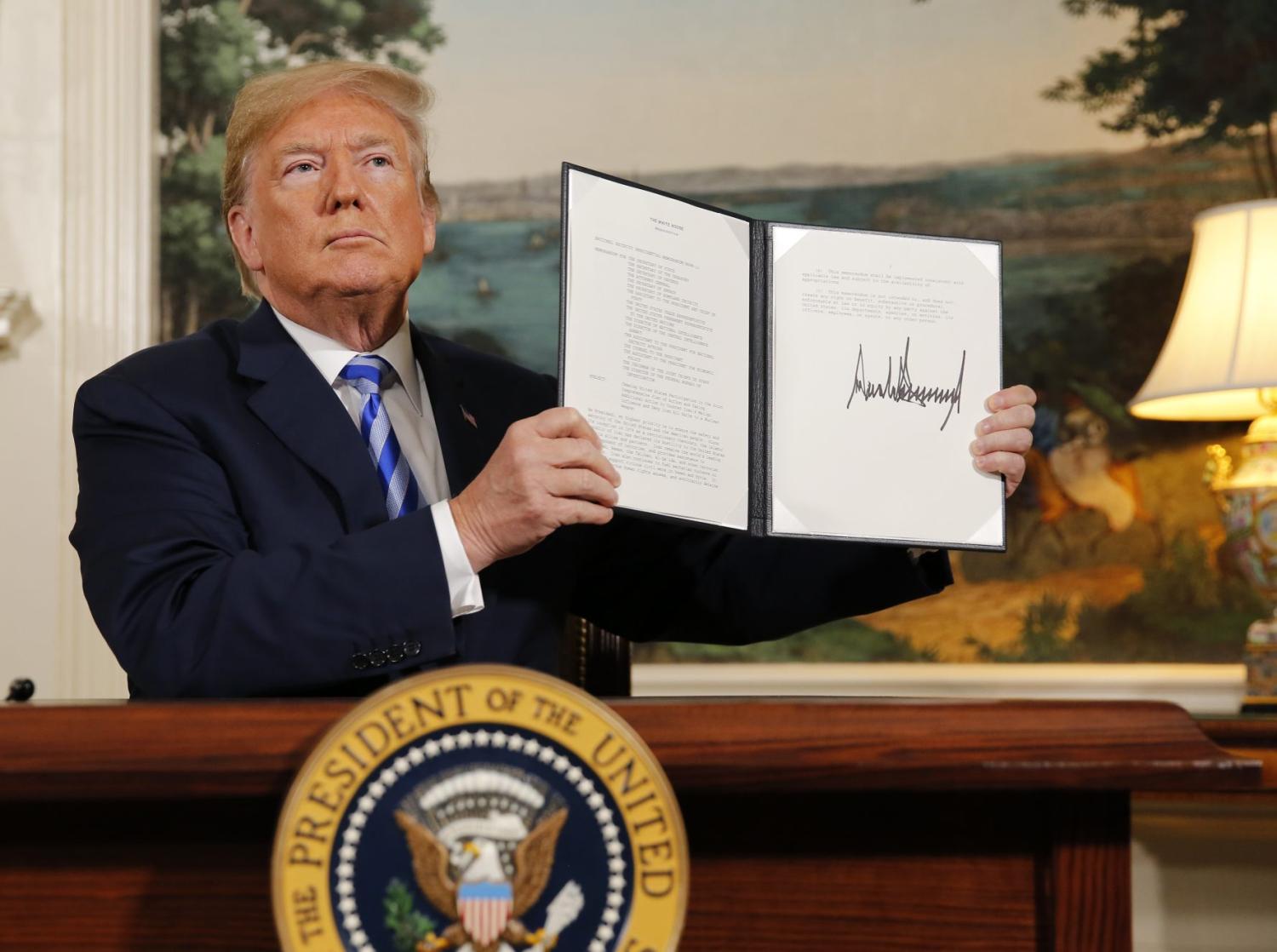
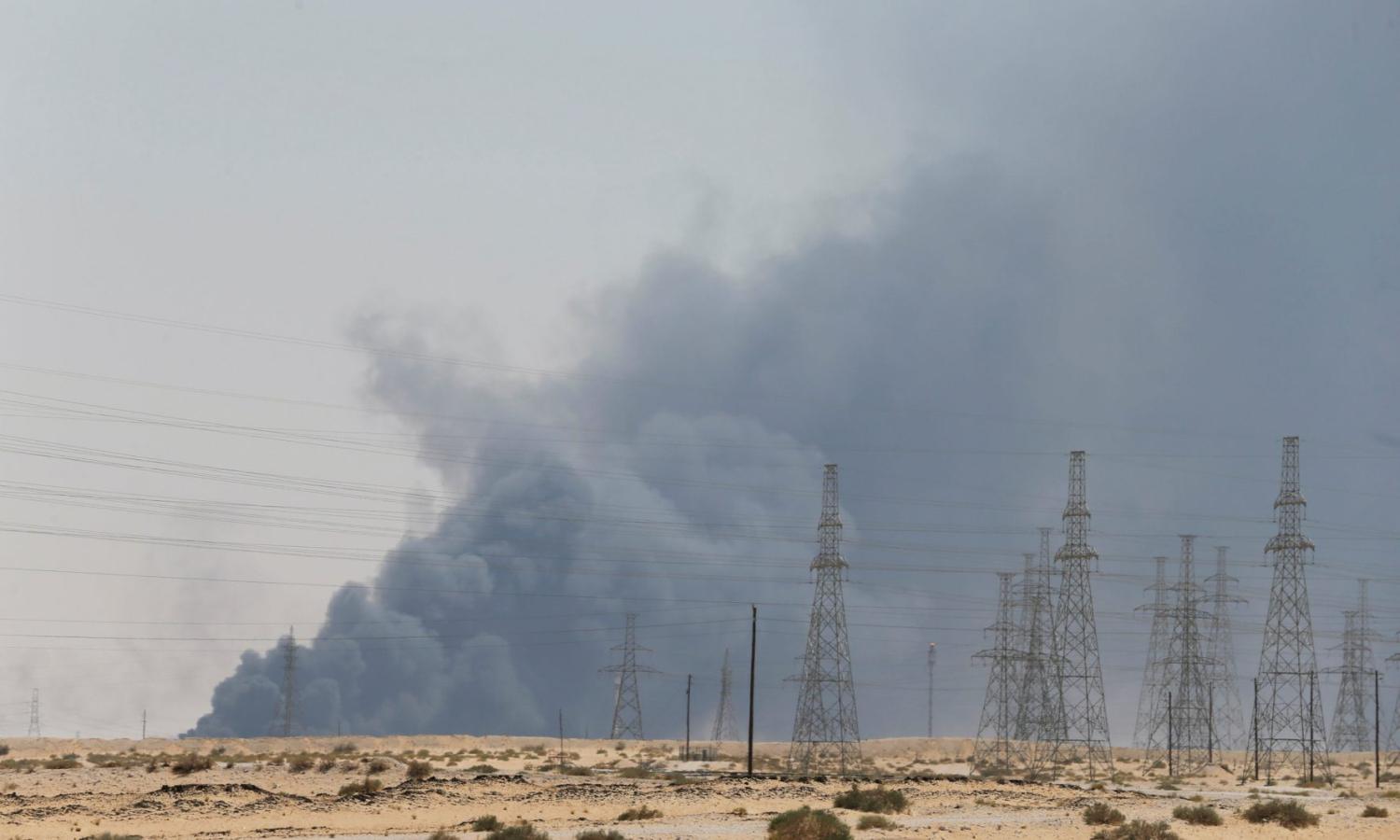
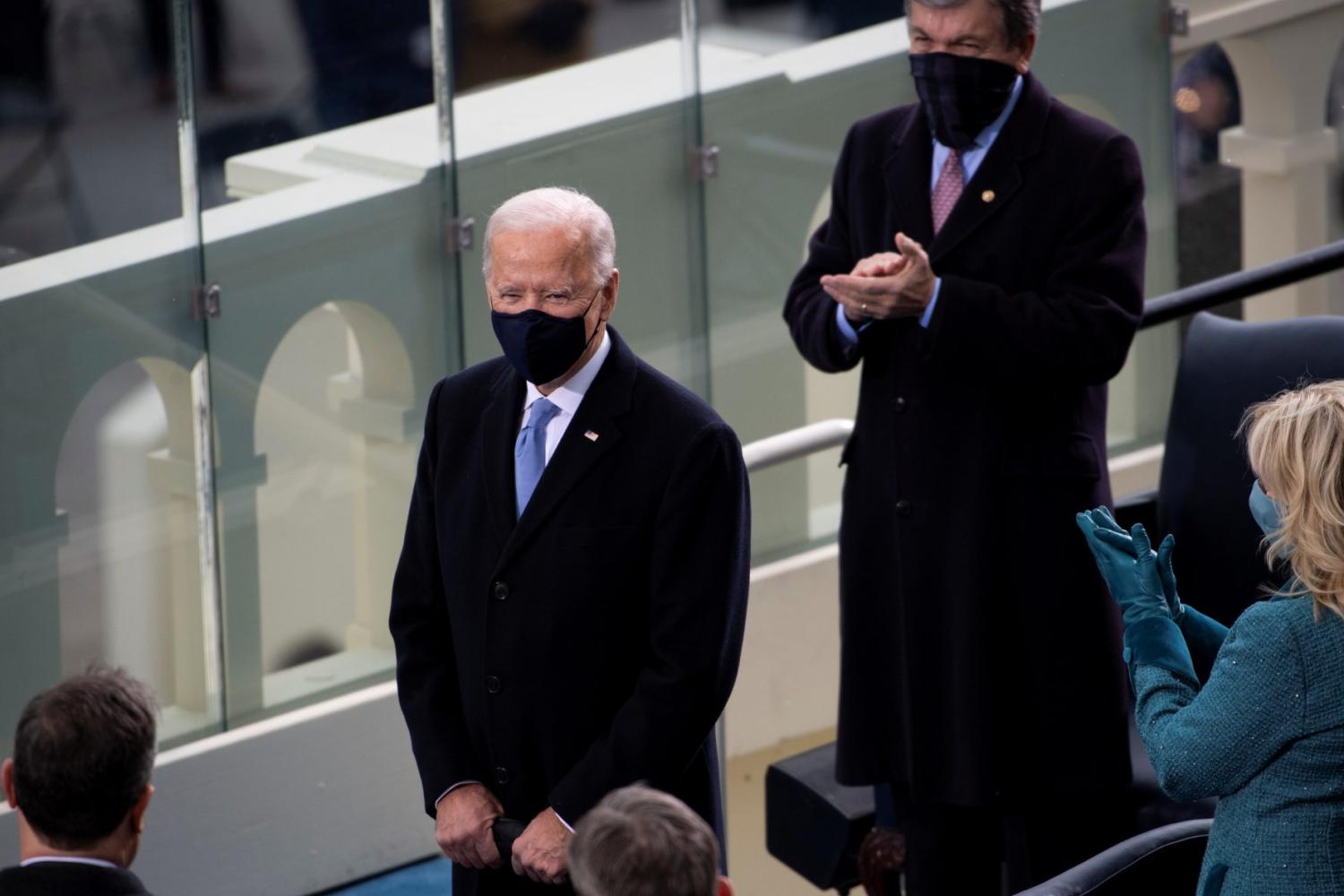
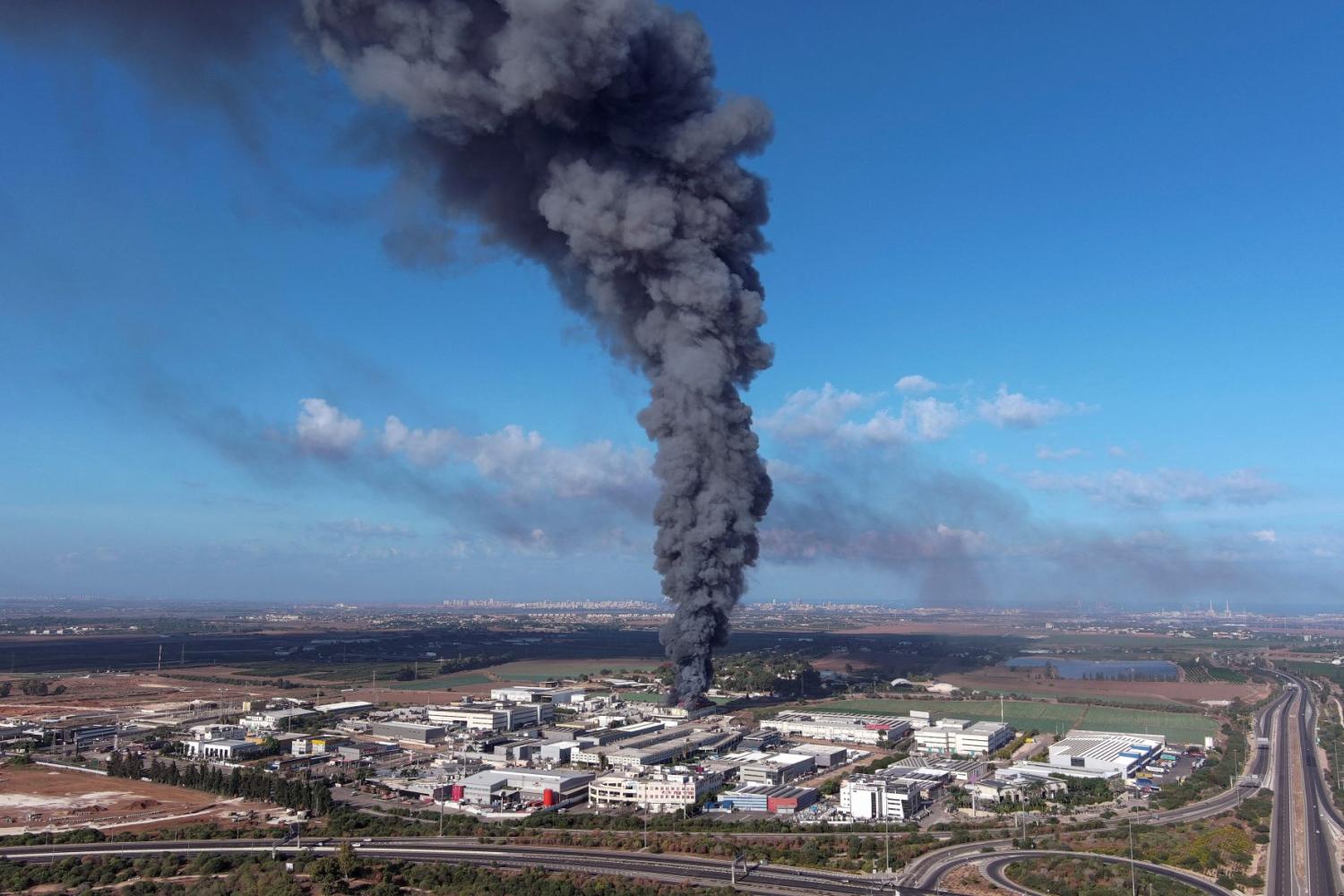
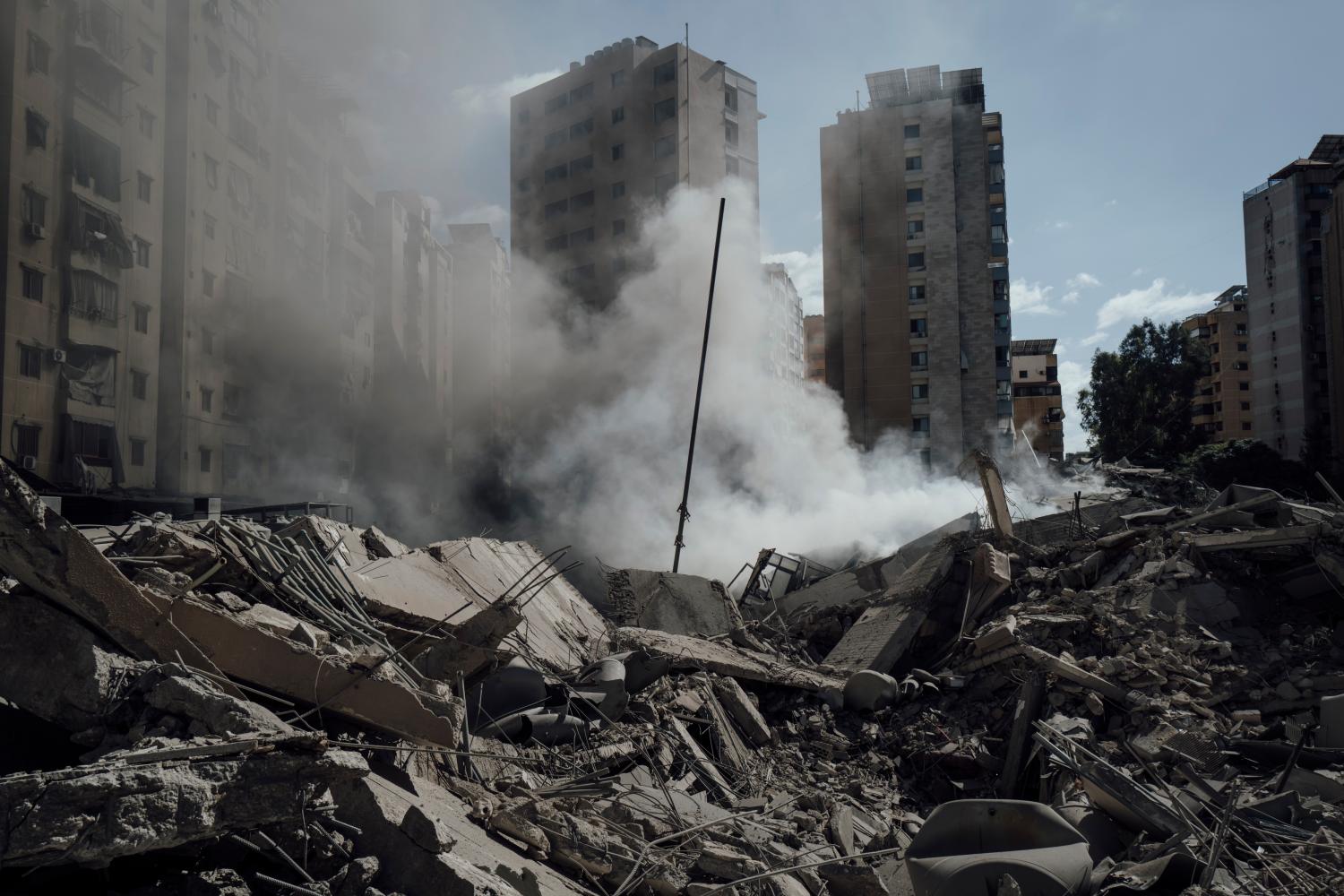
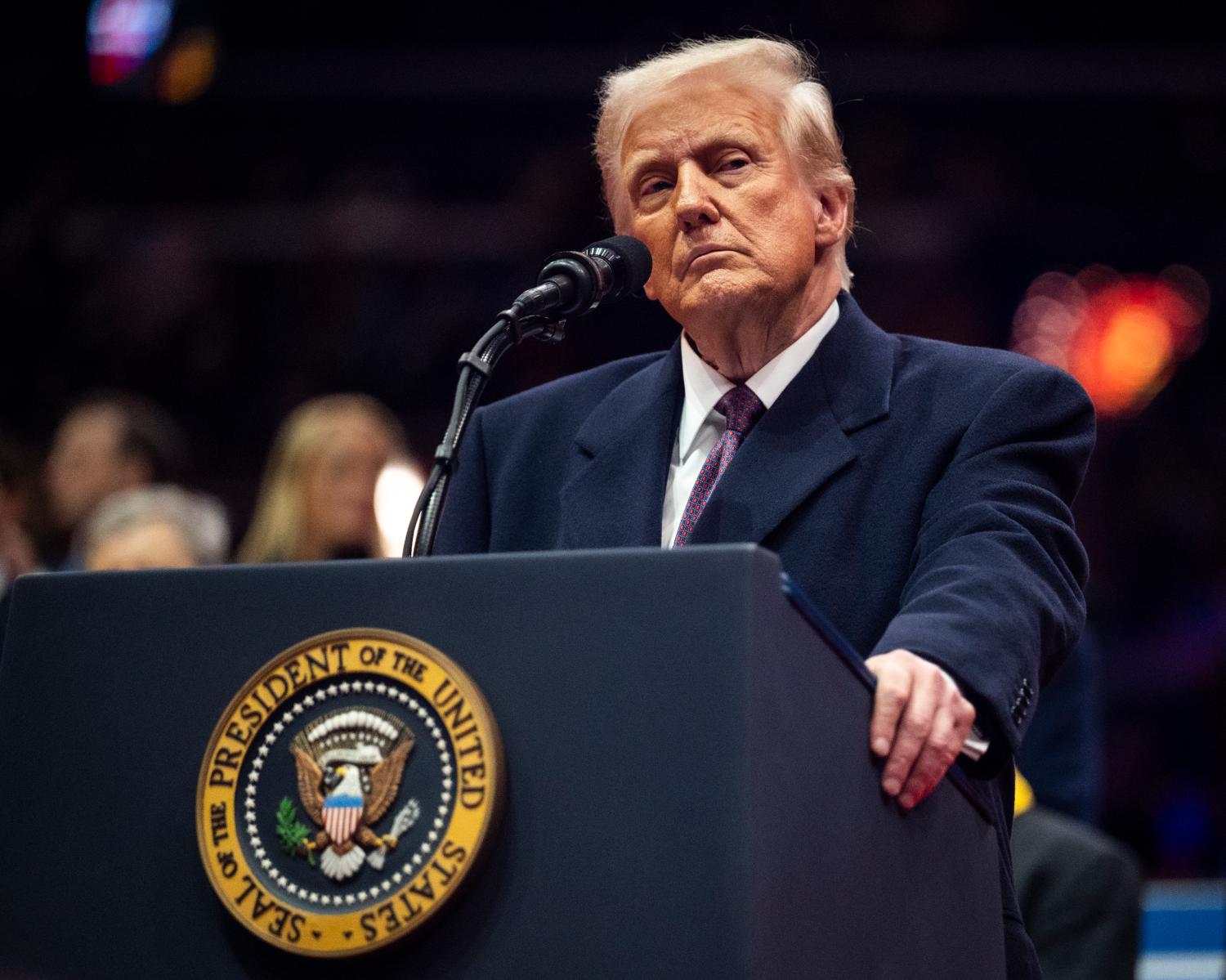
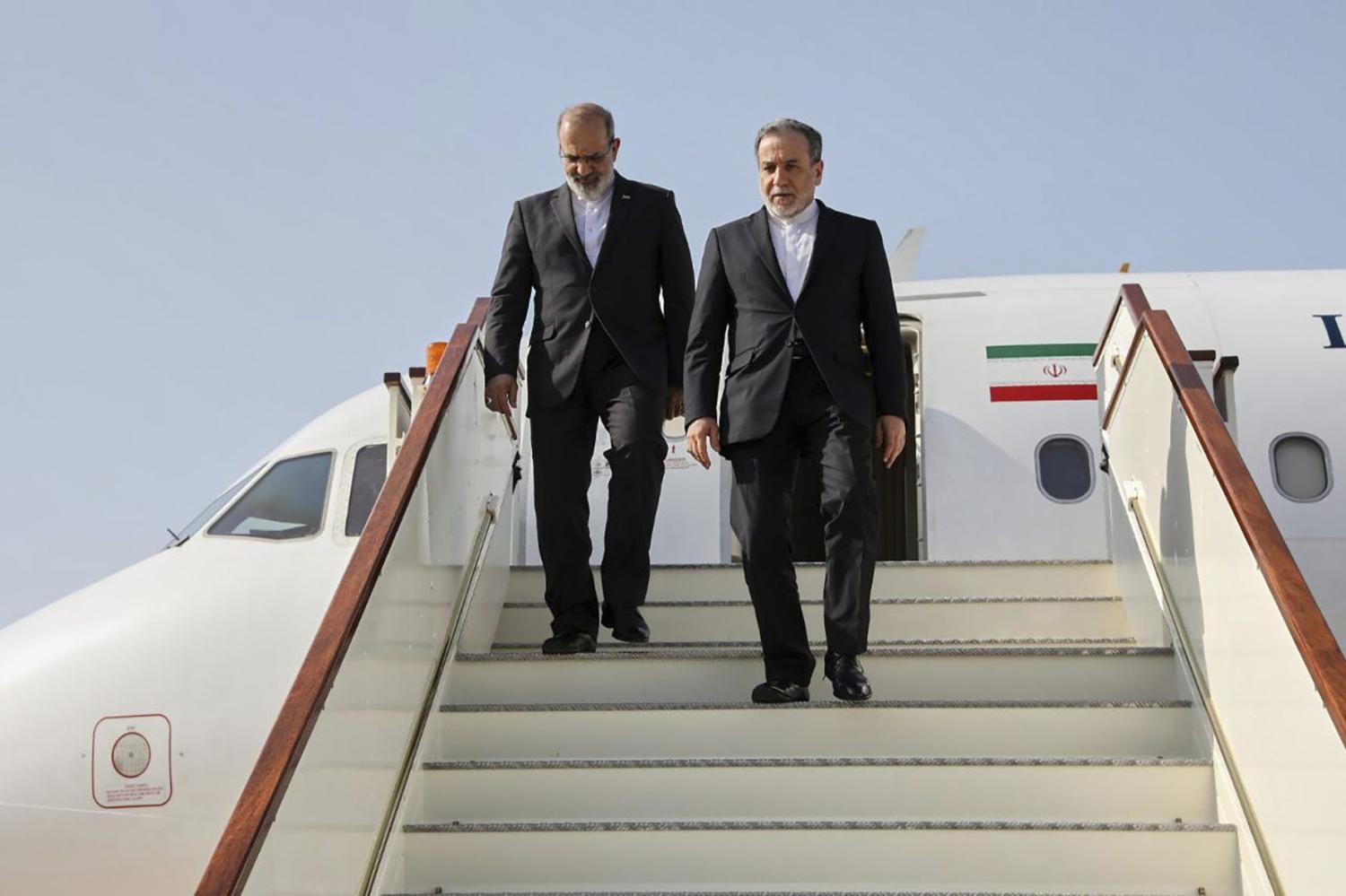
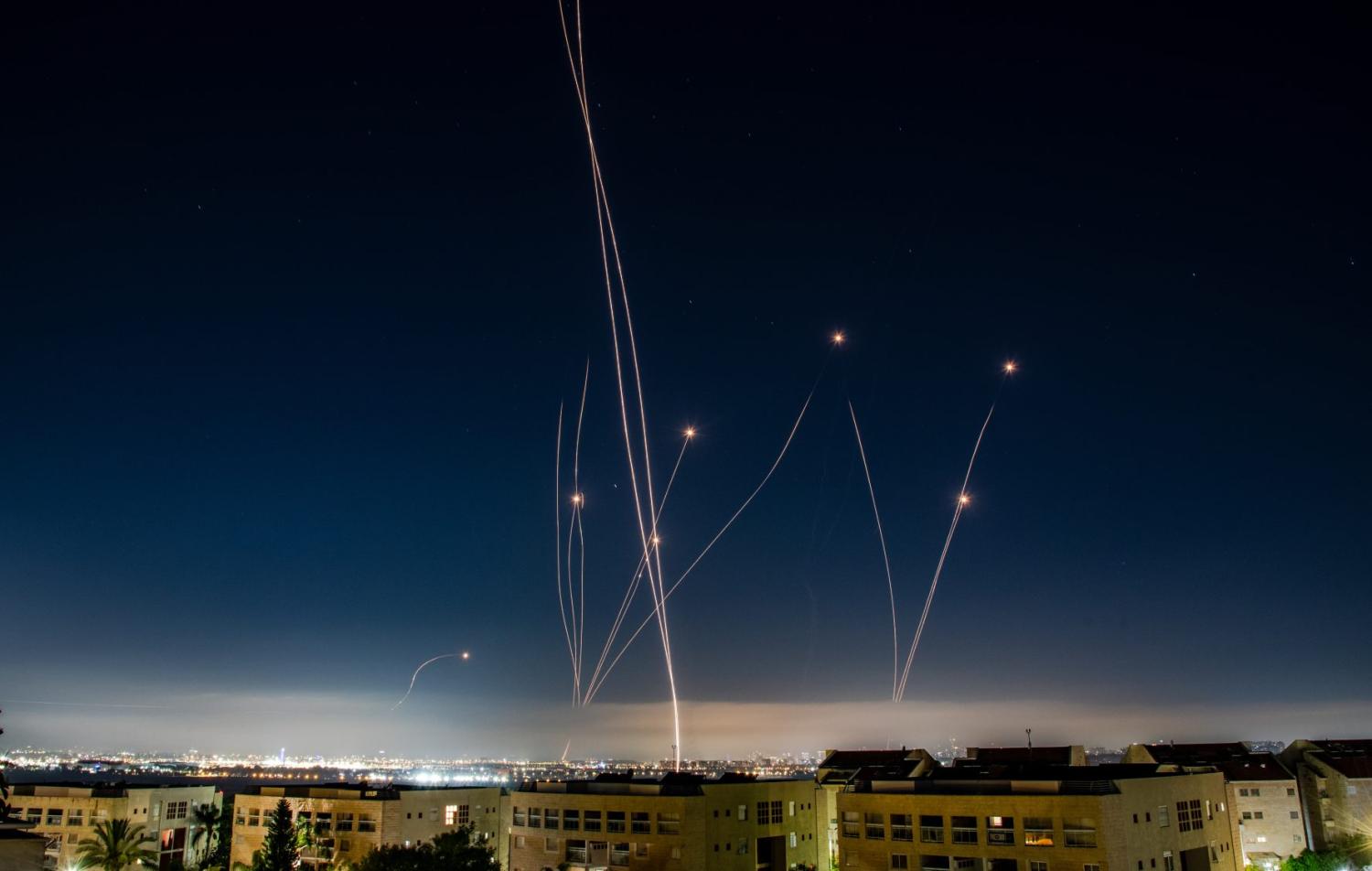

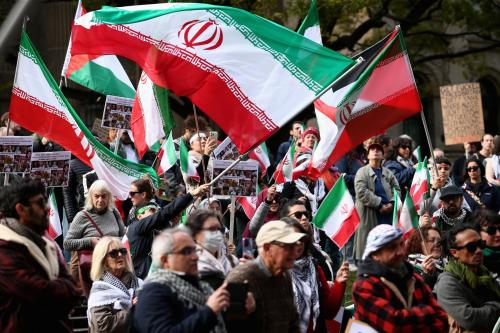
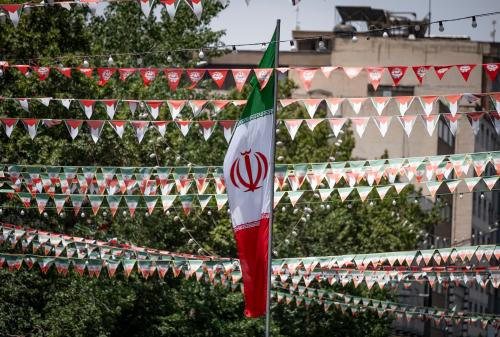
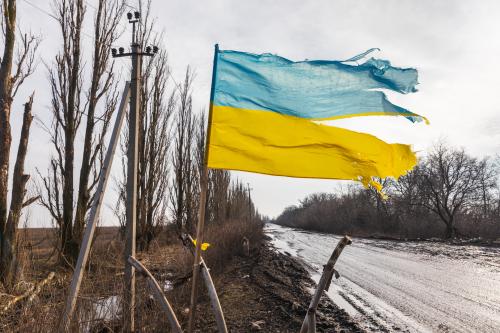
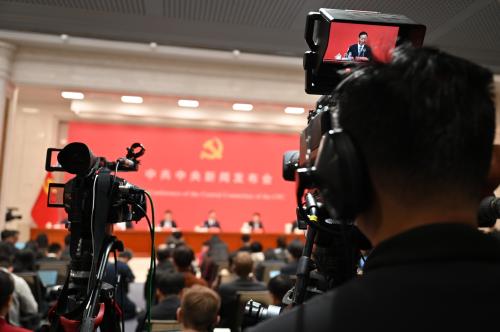
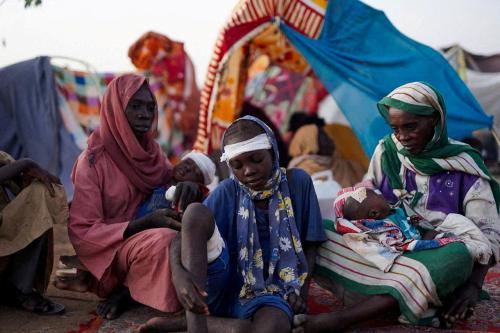
Commentary
The road to the Israel-Iran war
A timeline
July 23, 2025